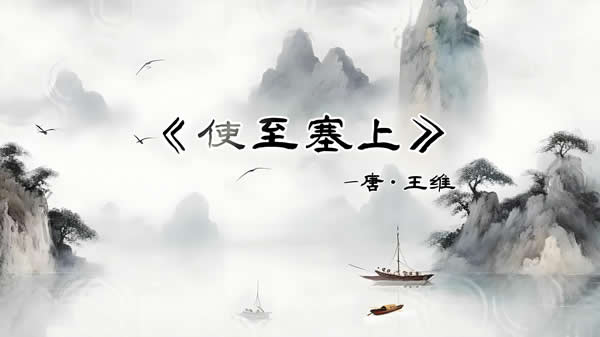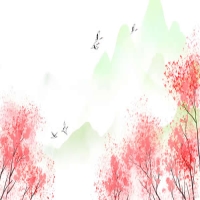从文学角度看,三生石诗句 often evokes a sense of destiny and reincarnation, drawing on Buddhist and Taoist beliefs about the cycle of life and death. In Chinese culture, the concept of "three lives" (san sheng) refers to past, present, and future existences, and the "stone" (shi) symbolizes an eternal witness to these bonds. This poetic device has been employed by numerous poets to explore themes of love, loss, and reunion. For instance, in the Ming dynasty, the folk tale "The Legend of the White Snake" incorporates elements of三生石, where the protagonists' love transcends multiple lifetimes, highlighting the power of fate and devotion.
Beyond literature,三生石诗句 has permeated popular culture, inspiring modern songs, films, and even online discussions. On platforms like Baidu, users frequently search for related terms such as "三生石诗句解读" (interpretation of Three Lives Stone poetry) or "三生石爱情故事" (love stories of Three Lives Stone), reflecting a enduring fascination with its mystical allure. This keyword often appears in下拉框 suggestions, indicating its relevance to contemporary audiences seeking romantic inspiration or spiritual solace.
The appeal of三生石诗句 lies in its ability to resonate with universal human emotions—longing, hope, and the belief in eternal connections. It serves as a metaphor for relationships that feel predestined, whether in poetry, prose, or personal narratives. By delving into its historical roots and cultural significance, we can appreciate how this ancient motif continues to captivate hearts and minds, offering a timeless reminder that love, in its purest form, knows no bounds of time or space.
三生石诗句,源自中国古代文学中的浪漫意象,常被用来象征跨越时空的深情与缘分。这一意象最早可追溯至唐代诗人白居易的《长恨歌》中“在天愿作比翼鸟,在地愿为连理枝”的经典表达,虽未直接提及“三生石”,但已蕴含了生生世世相守的永恒主题。后来,宋代文豪苏轼在《江城子·乙卯正月二十日夜记梦》中写道:“十年生死两茫茫,不思量,自难忘。”这进一步深化了人们对前世今生爱情的遐想。三生石作为具体意象,则多见于明清小说和民间传说,如《红楼梦》中贾宝玉与林黛玉的“木石前盟”,便暗合了三生石的诗意,描绘了一段注定轮回的凄美爱情。




 相关阅读
相关阅读













